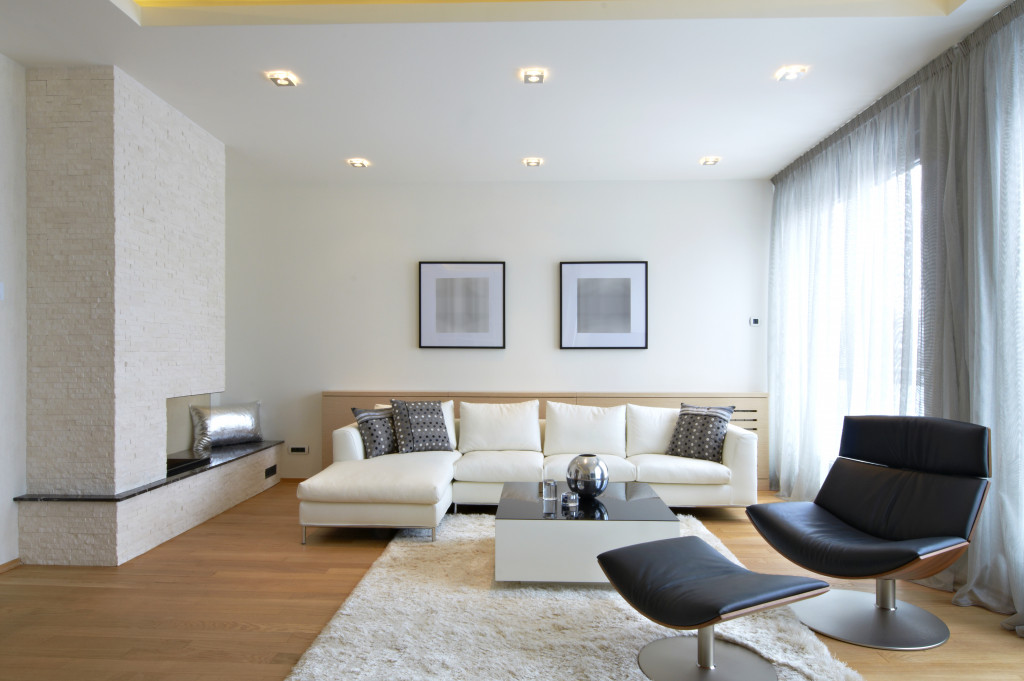A lot of work comes into decorating a home, more than a person might think. It doesn’t end with choosing an inspiration and buying pieces of furniture. In fact, the process is a bit more strategic and tiresome than looking for property for sale or swiping your credit card. It’s easy to get lost in the process, and then you realize later on that the outcome isn’t what you had in mind. Piecing different patterns, colors, decor, and furniture is more challenging than it looks. The real challenge is being able to put all of these elements together and look cohesive. Brace yourself for some decision-making and experimentation! Here are tips to help make your home’s interior consistent in style.
Make a Mood Board
Although some homeowners have a clear idea of what they want, others only have a vague idea. Making a vision board helps bring the big picture together by picking out elements that appeal to you. Eventually, a theme or style is determined in the process of vision boarding. Remember to refer back to it from time to time to keep consistent during the process. It also helps deter decision fatigue in the process, which is normal and nothing a little rest and regrouping can’t fix.
Keep a Cohesive Color Scheme

An excellent standard to follow is the 60-30-10 rule. The primary color makes up 60% of your room, while the secondary color comprises 30%. Lastly, the 10% is the accent color. The primary color will make the walls and large pieces of decor and furniture. On the other hand, the secondary color is found in the subtler yet exciting elements, such as an accent wall, chairs, and bed linens. Of course, it should complement the primary color. Lastly, the accent color should be found in artwork, throw pillows, and a few other pieces. The accent colors don’t have to necessarily match with the primary color as it’s the pop of color in the room. However, to remain cohesive and well-balanced, avoid overpowering the other colors with the accent colors.
Stick to Furniture With Identical Styles
You can’t expect a pink faux fur stool to go well with a cream-colored leather couch. To have a better chance at making a cohesive style, pick similar furniture and resemble each other. They don’t have to be an exact match, but they should at least have similar elements. This will help make the style or theme more put together. You’ll see it when these pieces of furniture are in the same room.
Don’t Go Overboard With Matching
Although a more unified look seems like a safe bet, it doesn’t bring out the personality of a space. Don’t be afraid to mix it up a bit. Buy decor and pieces of furniture one by one to let it take form over time. Upgrading your decorations is an excellent way to prevent your house from becoming monotonous. However, don’t design everything at once, as you might go overboard.
Don’t Shy Away From the Texture
Contrasting textures can be fun, so don’t shy away from mixing and matching. Textures can be layered, put side by side, and more. As long as they complement each other. Woven fibers or linen, paired with leather or wood, are some examples. Just like color, don’t go overboard with mixing textures. Sequence and corduroy isn’t a go-to combo many go for, as you can imagine. Keep it playful but with an objective.
Keep It Interesting With Patterns

Floral, stripes, plaid, and other patterns are some elements that liven up a room. These patterns can be as minimal or maximal as you want. Patterns can be assigned to an accent wall or a center rug. Some examples of trendy patterns are geometric shapes, marble, and stripes. Don’t be afraid to mix and match. Play around with your vision board to see if patterns blend or clash.
Stick to the Plan
Whenever you feel stuck or feel like you’re going astray from the style you originally envisioned, refer back to your vision board. It’s crucial to have your vision board ready and accessible for times like this. Regularly refer to your mood board for ideas, and even add to it if necessary. Although it’s easy to just throw stuff into your cart that you like and forget about the theme, fight the urge to buy that neon green corduroy accent pillow. It won’t blend well with your brown and white themed living room. This minor difference can throw the concept off.
Final Thoughts
There are many ways to style a room, but it’s that very reason that makes it challenging to make the style look consistent and cohesive. Knowing what you want helps the decision-making process shorter and more accurate, so always have your vision board within reach. Although style, in general, is relative, keep in mind that yours is worth pursuing.
